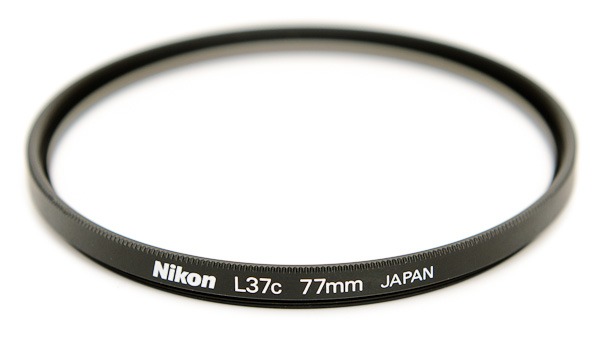You've seen it before – weird, colored blobs in your photographs radiating outward from some bright point of light. Or maybe it's just a diffuse glow or lack of contrast. Whatever its appearance, it's lens flare. Plain old lens flare, or perhaps the spookier sounding “ghosting” or “veiling flare.”
In this article, we're going to take a look at the nature of flare and ghosting, and the effect of filters on the detriments to image quality.
Flare
Flare occurs when extraneous, non-image forming light hits the image sensor and contributes to the exposure, and results when light reflects off glass-air surfaces of optical elements within a lens. In the instance of filters, this extra light is caused by reflections between the front element and the inward facing surface of the filter, some of which bounce back toward the sensor, resulting in flare.
Flare can take many different forms, from radial streaks from the light source to rainbow circles or arcs. In other instances, light sources can take on a glow much larger than their apparent size to the naked eye. Flare can also appear as a bright spots (ghosting) or a general reduction in contrast (veiling flare).
Here's an example made with the Nikon 24-70mm f/2.8 at 70mm using a Nikon L37c filter.
In this crop below, flare is evident as a greenish/rainbow arc cutting across the frame. This is a result of the reflections being out of focus relative to the focal plane.
Ghosting
Ghosting, like flare, is due to reflected light hitting the sensor. However, in contrast to the sample of flare above, ghosting occurs when the reflected light closer to the focal plane. The result is that the reflections are essentially more in focus and thus appear as bright and more distinct points in the frame.
Below is an example of ghosting, which often appears opposite the original light source from the center axis of the frame. Additionally, ghosting may often occur in series, with multiple points of ghosting in a single exposure.
Another, more distinct and recognizable form of ghosting is called aperture ghosting, which occurs when these artifacts take on the specific shape of the aperture. They're most readily identifiable with older style lenses without rounded aperture blades, which can project a series of identically shaped polygons stretching out radially from the light source.
Veiling Flare
One other common instance of degradation shooting into bright light is veiling flare, which takes the form of a general reduction in contrast over the frame.
In addition, due to the addition of non-image forming light to the exposure, areas affected by the flare may appear as lighter as they're affected by this errant light. The most stark effect of veiling flare can be a lifting of shadows and midtones.
Just as with other forms of flare, using a filter adds another reflective surface to a lens and can make a lens more prone these results.
In the above example, strong backlighting in this late afternoon scene creates a instance of veiling flare, which reduces contrast across the frame and renders a sense of lightness and haze.
This kind of flare is most often see shooting into strong backlighting, such as when the sun is present in the frame. Veiling flare is one of the contributions to the “airy” and “summery” look that's often seen in modern lifestyle photography.
While veiling flare – just as general flare and ghosting – can occur when using even high quality lenses without filters, the additional reflective surfaces of filters can contribute and exacerbate this effect. This is particularly true of veiling flare caused by oblique light sources outside of the frame.
Benefits of Flare
For all the technical detriment of flare and ghosting, there can be aesthetic benefits to these artifacts. Since we're used to seeing images with these attributes, they can be visual cues that can actually help people read an image and which can impart character.
One example of this expectation and fulfillment is the inclusion of lens flare in Hollywood films composed of entirely by computer graphics – think sci-fi space scenes and the sun. Even though there's no physical reason for flare in the special effects scenes, its inclusion satisfies a sense of expectation in a viewer who's seen hundreds or thousands of images with flare caused by the sun or other bright light sources.
It's the same kind of conditioning at work that makes people more accepting of grainy black and white images than color images.
In practical terms, there can be “good” examples of flare that can emphasize lighting, at atmosphere and act as an intensifier to images. One example already mentioned is veiling flare, which can enhance or change the mood of a photo, giving it a summery, airy feeling, which can be invaluable to any lifestyle or portrait photography using natural light. Another instance where flare may be welcome is when it contributes to an otherwise bland frame, in which the background is without detail.
Overall, the kind of flare that's most often pleasing is veiling flare or localized flare around a light source. Both can affect a scene's mood without completely destroying detail or in such a specific way as ghosting can. That said, when it works with a composition and image without obscuring detail in a subject, even ghosting can be an interesting tool for photographers alongside other kinds of flare.
Ultimately, not all flare is bad – it's just another tool at one's disposal in imagemaking, albiet not as controllable as many others in a photographer's proverbial camera bag. In a recent interview, J.J. Abrams (creator of the TV shows Lost and Alias) commented on the use of intentional flare in the Star Trek reboot, used to such degree that the director comments on flare as being another actor in the production.
The Effects of Filters on Flare
While digital sensors, which largely incorporate IR and UV filters at the sensor plane level, make use of a UV filter unnecessary these day, many photographers still use clear filters (UV or otherwise) as protection for their lenses.
Since filters effectively add another reflective glass-air surface to a lens, increasing the changes of reflections, they're a liability in terms of flare and ghosting.
Below is a real-world A/B comparison showing the effects of filters – filtered lens on the left, no filter on the right.
UV Filter vs No Filter Comparison
The above shows a pretty typical scene – a backlit afternoon sun, with the example on the left showing the use of a Nikon L37c filter and the example at right with no filter. Overall, the scenes are very similar – can you spot the differences?
One we've already looked at as a crop, which is the very slight rainbow arc of flare outside the radius of the sun. The other instance is ghosting, which is seen as the small green elipse in the lower righthand corner of the frame.
Analysis:
Overall, the two images are pretty close to one another, aside from the instances of flare and ghosting. All things being equal, the non-filter image is preferable, as it renders the scene free of any artifacts or image degradation caused by the filter.
On the other hand, these instances of flare and ghosting are pretty tiny, and may be a small price to pay for the peace of mind people feel from protective filters. With cheaper filters, the effects of flare can be much greater, dependent on the quality of the glass used and the effectiveness of the optical coatings.
Summary
With light and photography integrally linked, so too is flare. While filters are often to blame for excess flare and ghosting, given the right shooting circumstances, nearly any lens will produce flare of some kind. The most benign forms of flare have been used by photographers to beautiful effect, whether intentionally or not. In particular, veiling flare produces a look prized by many portrait and lifestyle photographers.
Hopefully this article has shed a little light on the subject of flare. Next time you're shooting into the sun – or into stage lighting like me – take a moment to think about flare.


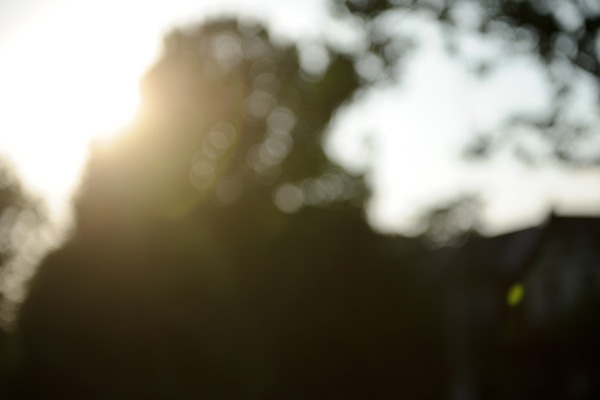

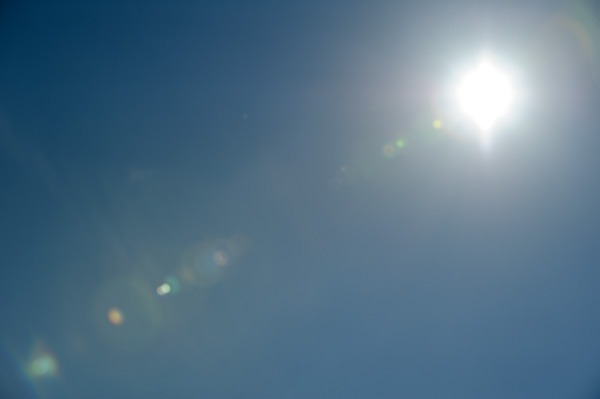
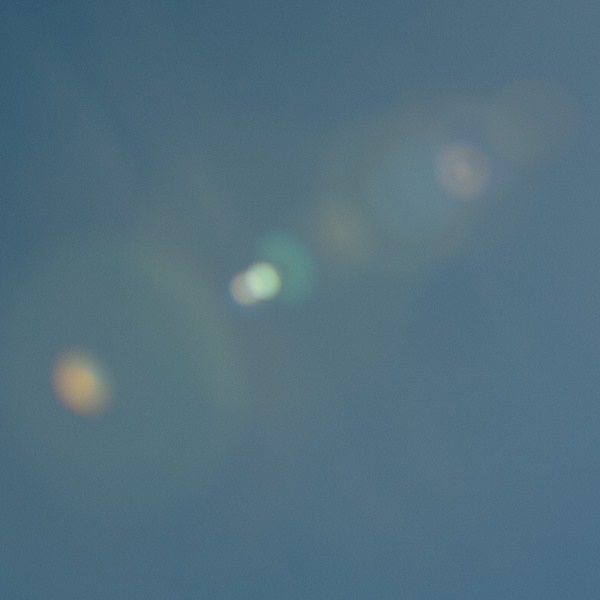

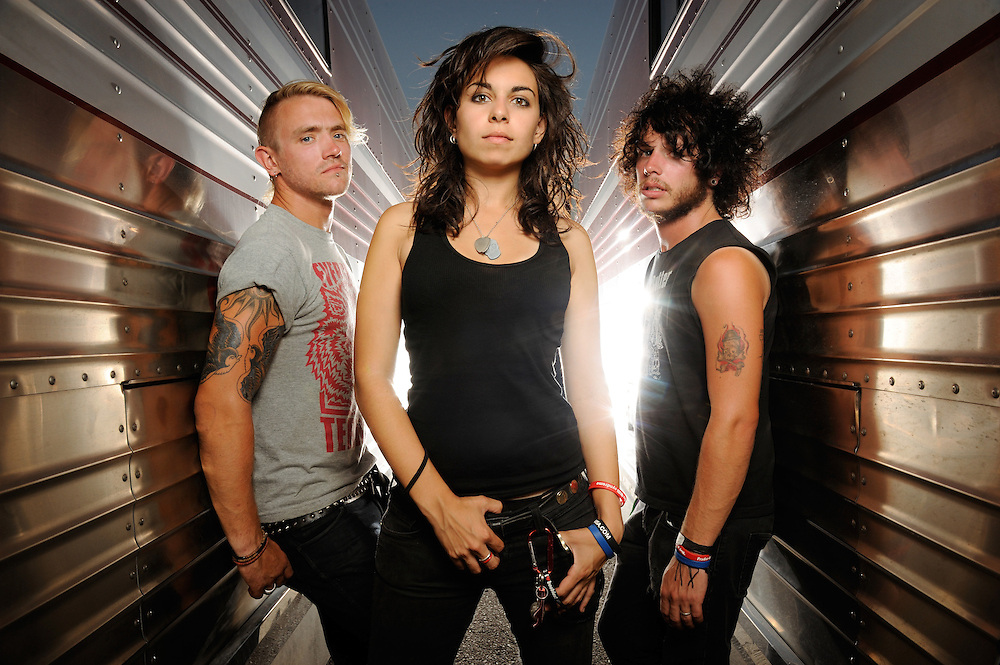



![Portraits: Deluka, Photographed In Brooklyn, 2010] Portraits of the UK band Deluka, photographed in Brooklyn on June 20, 2010 by photographer Todd Owyoung. (Todd Owyoung)](https://i0.wp.com/www.photoshelter.com/img-get/I0000TbrqTNJ7hF8/s/1000/deluka-promo-5368.jpg?w=1170)
